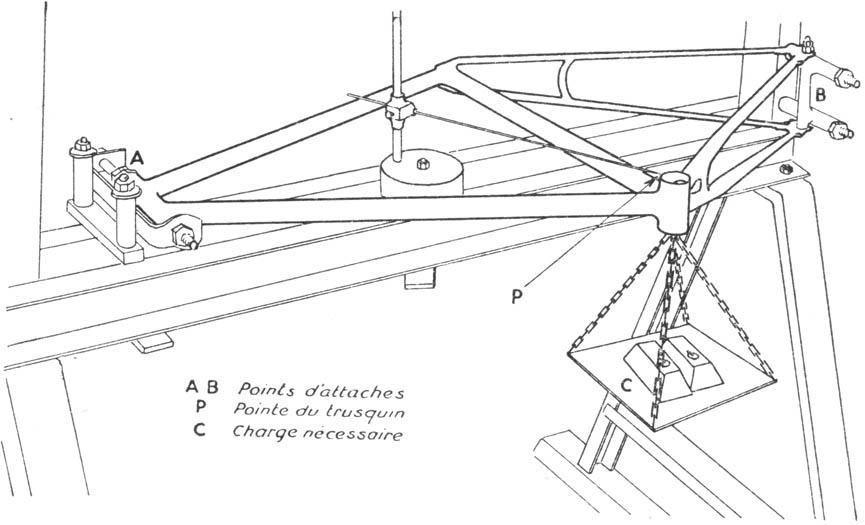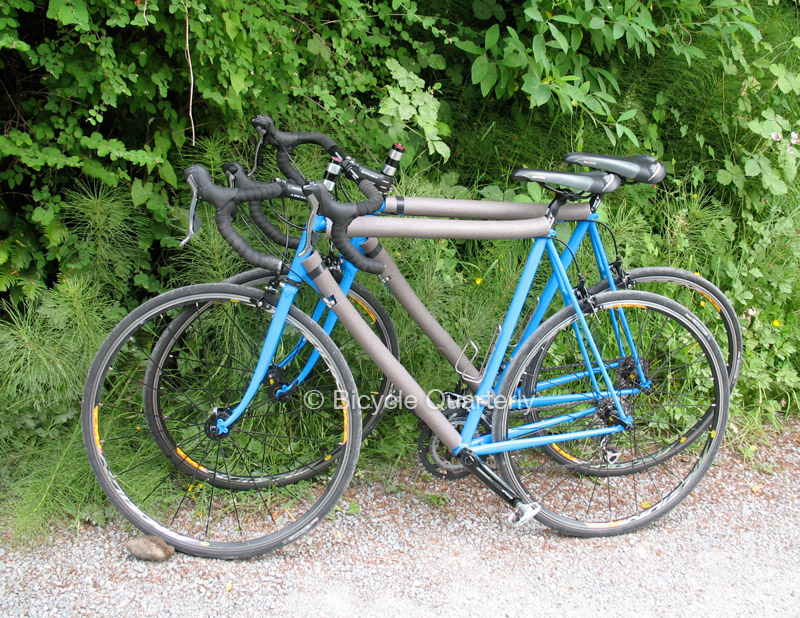Expert Discussion on Frame Stiffness

“I no longer believe that the ultimate rigidity defines the ultimate bike!” That revolutionary statement came from Damon Rinard, Road Engineering Manager at Cannondale, in a recent Cyclingtips.com podcast on frame stiffness and “planing”.
For many decades, stiffer frames were thought to perform better. Frame flex was equated with wasted energy. And yet there were some who had doubts about this. I recall Peter Weigle telling me many years ago, when I complained about a test bike that just didn’t seem to perform: “Perhaps it’s too stiff for you?”

Back then, the idea that frame stiffness could negatively affect performance seemed far-fetched, but the more we researched it, the more we found that some frames performed better than others. And for us, more flexible frames – as long as the flex was in the right places – performed better. We coined a term for this: “Planing” took the image of a boat that rises out of the water and goes faster with less energy than when it was fully submerged.

Even though the concept wasn’t entirely new, “planing” went against decades of accepted wisdom in the bike industry. Our double-blind studies (above) were carefully designed, but at first, they were met with incredulity or even derision. After all, bike makers spent significant resources figuring out how to make their frames stiffer, and magazines determined the “stiffness-to-weight ratio” as the ultimate measure of a frame’s performance. How could all this be wrong?
Recently, James Huang, technical editor of the popular web site Cyclingtips.com, asked me whether I could participate in a podcast on frame stiffness with Damon Rinard from Cannondale. Cannondale! The company’s bikes are famous for their stiff frames, and Damon is one of the foremost researchers on frame stiffness. I was bracing for a heated discussion!
But Damon is a smart guy, and rather than accept the conventional wisdom that frame flex is lost energy, he has tried to quantify these losses. And he came up empty-handed. It appears that no energy is lost when the frame flexes. There is no doubt that bike frames flex, but apparently, that energy is returned to the drivetrain, so it powers the bike forward.
That formed a fascinating basis for our discussion. We both agree that frame flex doesn’t rob energy. But could it be beneficial? Click here to listen to the podcast and hear the entire discussion.
Further reading:
- Blog post explaining the idea of “planing”.
- Bicycle Quarterly back issues with the double-blind tests about frame stiffness.


